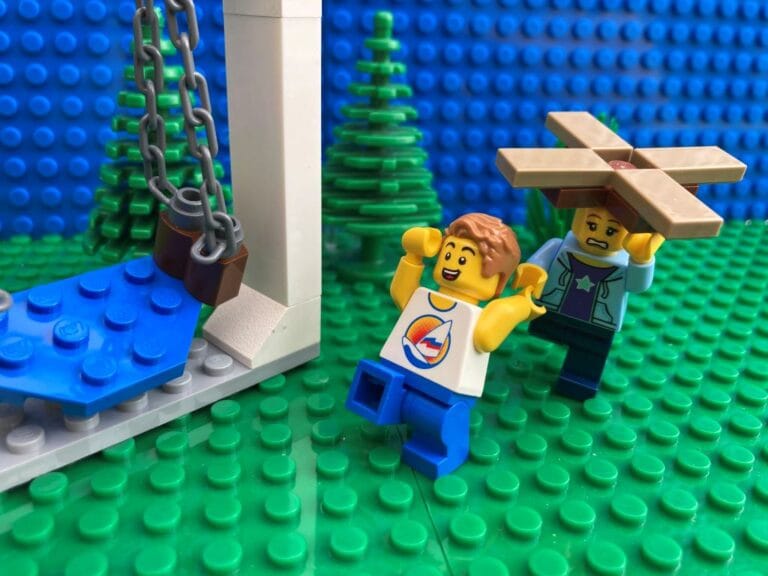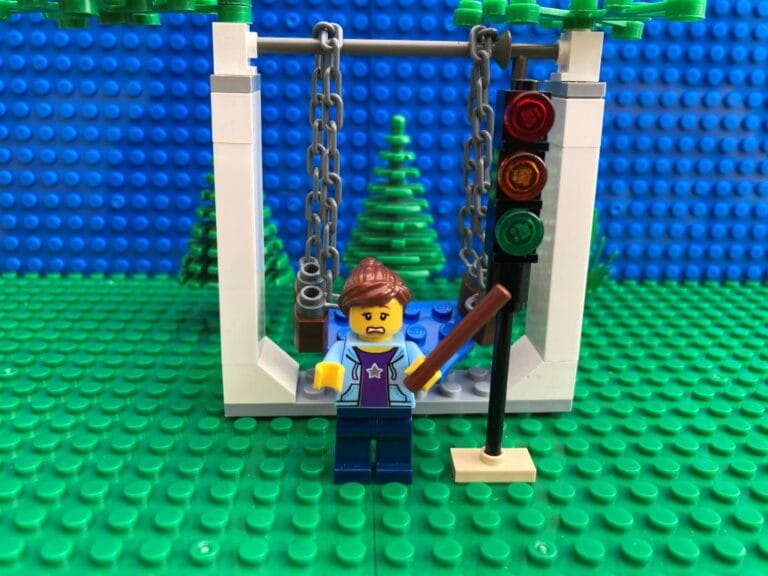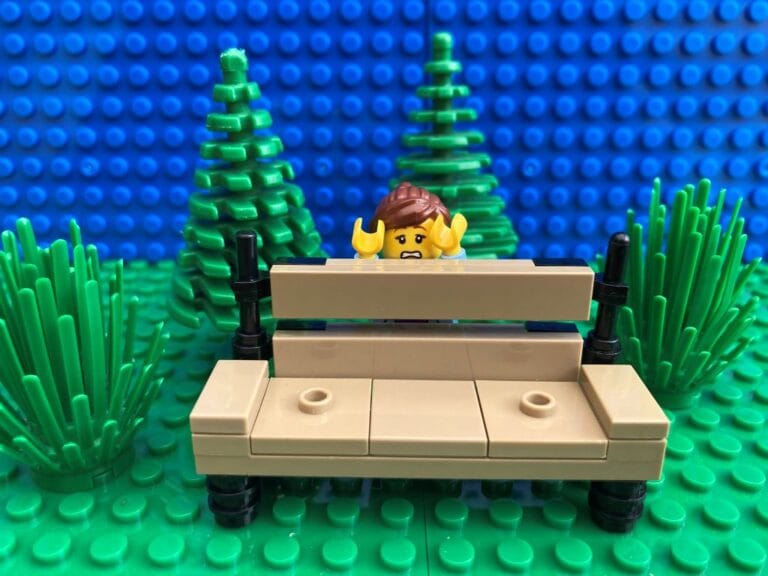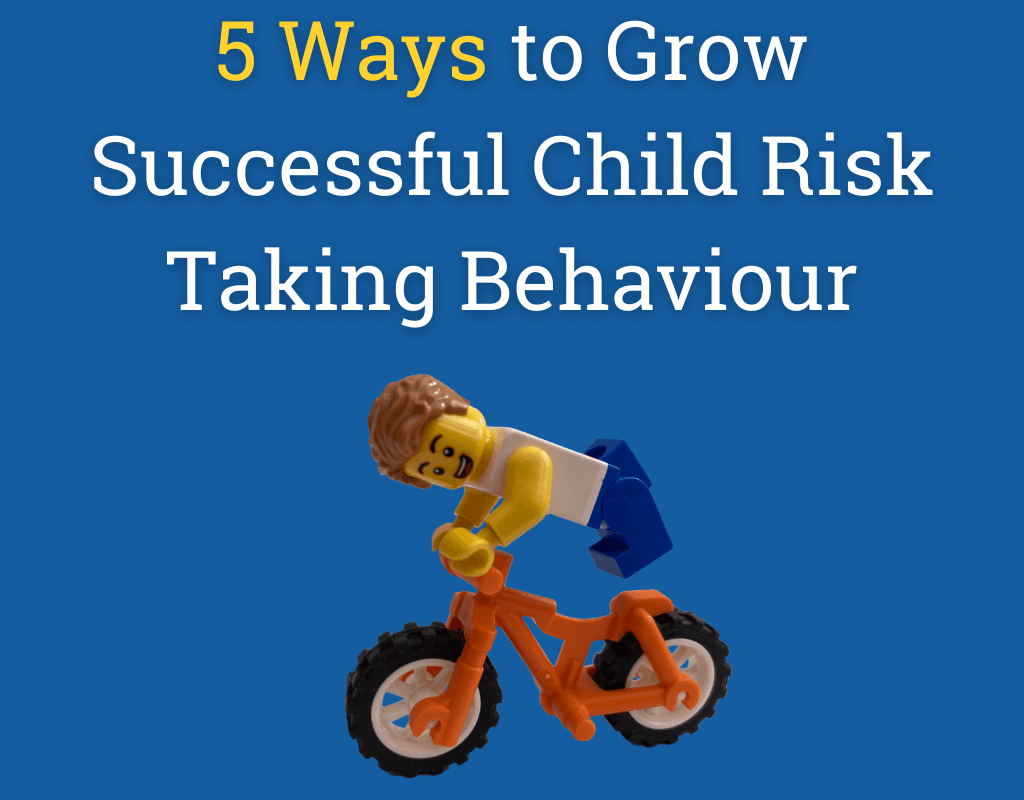Child risk taking behaviour can be source of major panic and stress for parents. We want to keep our children safe. But at each development stage, children need to spread their wings and that will always come with risky behaviours. From crossing the road to climbing trees, kids will want to test their physical and emotional boundaries. But how can we let them do this safely and without stressing everybody out? Read our 5 Ways to Grow Successful Child Risk Taking Behaviour to find some simple questions to stop risky becoming dangerous.
Read our Child Risk Taking Behaviour story here.
Don't Let Your Child’s Risk Taking Make You a Helicopter Parent
1. What is the Risk?
Sometimes our brains see the danger and prompt us to act before we have had the time to fully process the situations. This survival skill is great in some situations, but it can hinder us as parents when our adolescents want to try out new and scary things.
So we need to train our brains to slow down when the situations allows for it. Take a moment to ask yourself the question – what is the risk? What is it about the behaviour that makes me uncomfortable?
By taking this time to establish the ‘risk’ in the behaviour, you are automatically stopping yourself from diving into the situation and making it ‘safer’. You are allowing your child time to evaluate the ‘risk’ themselves and make their own choice.

2. Is it Dangerous?
If you had to put a number on the level of risk, what would it be? What level of ‘danger’ are we talking about here? Sometimes, we need to turn off ‘Mama Bear’ for a second and trust our kid’s instincts.
Why not use these 3 categories to help you frame your response to your child’s risk-taking behaviour:
GREEN: The behaviour is mildly concerning. The worst consequences that you can foresee don’t involve serious injury or consequence. But your child has the skills they need to navigate the risk.
ORANGE: The behaviour is risky. The outcome is not definitely obvious. There is potential for some minor pain. The situation requires some degree of caution from your child, but you have some confidence that they can manage.
RED: The behaviour is dangerous. The situation involves hazards that your child is unaware of or doesn’t understand. There is lots of potential for pain or injury. Your child is unable to use the caution they need to navigate the risk. You must step in.

3. Can I Wait?
This is a hard one because it requires parents to trust themselves and their children. Knowing when to step in to a risk situation is extremely tricky and often there is no right answer. Sometimes we think that as long as we step in, then at least the worst didn’t happen so everything is fine.
But this approach, although promoting safety, doesn’t promote growth. As your kids get older, you won’t be there to assess every single risk for them. They need to learn how to take risks, how to navigate complex situations.
Waiting, although painful for us, can lead to your child conquering a fear, or learning a new skill, or building their own inner confidence. Waiting is sometimes the best thing you can do as a parent. And one of the hardest.

4. Can I Help?
What is the middle-ground? Risky behaviour doesn’t always need to be black and white, yes or no. Sometimes our kids are able to take risks because we are there alongside them mitigating the danger but still enabling the growth.
I think back to when I first crossed the road with my child when they were little. We always held hands until the potential danger of a vehicle coming along the road had passed. By teaching the dangers of the road to my child, I was able to help them to get from one side of the road to the other.
This may seem like a simple example, but it shows how you don’t always need to stop a risky behaviour. Sometimes all you need to do is take their hand and help them through so that the behaviour stays within the safe boundary of risky – and doesn’t stray into dangerous.

5. Share Your Story
Everyone likes to share when they have done something risky. We love to share how we felt through the experience, how we felt if we failed or if we were able to succeed. So, take the time to talk to your children. Talk about risk vs danger. If you have had to intervene, explain why and help your child to see the danger too. By debriefing after a difficult situation, you are enabling growth for both yourself and your child.
The Science Behind Child Risk Taking Behaviour
Here is a deeper look into why older children and teens need to take risks and how essential it is for their future development.
More Stories...
For more stories, head over to our Blog page.
You can also sign up to our email newsletter to get regular updates on new stories and sneak peaks of what’s coming up next!
DISCLAIMER: The Lego Group of Companies does not sponsor, authorise or endorse this site.

